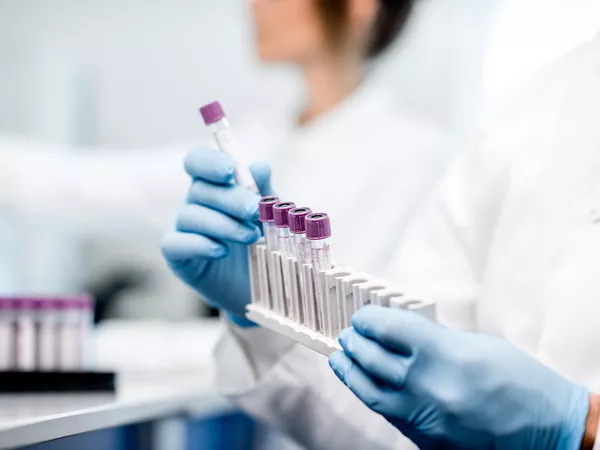EDITORIAL
Published on 13 May 2016
Editorial: “How to Improve Cord Blood Transplantation: By Enhancing Cell Counts or Engraftment?”
doi 10.3389/fmed.2016.00020
- 1,699 views
7,062
Total downloads
31k
Total views and downloads
You will be redirected to our submission process.
EDITORIAL
Published on 13 May 2016
MINI REVIEW
Published on 17 Feb 2016
MINI REVIEW
Published on 11 Jan 2016
MINI REVIEW
Published on 08 Jan 2016
MINI REVIEW
Published on 05 Jan 2016
MINI REVIEW
Published on 11 Dec 2015
